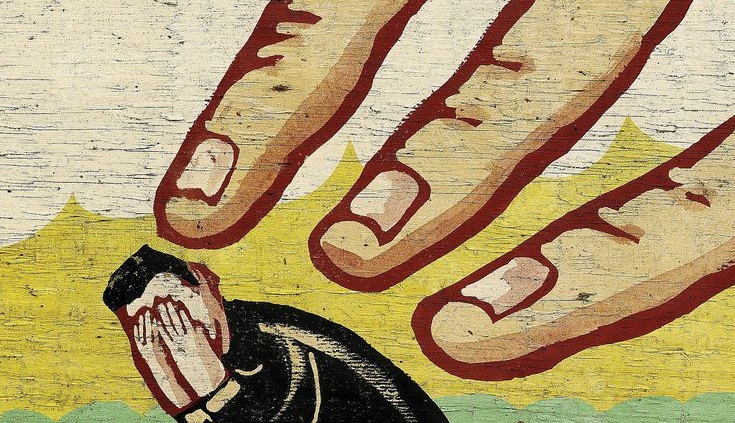Have you been a victim of bullying and scapegoating at work?
Tackling workplace bullying and harassment is imperative, not only for the health and wellbeing of your staff, but to prevent a breach in WHS laws. Bullying can have long-term consequences for both individuals and organisations.
What does bullying look like?
Workplace bullying is repeated and unreasonable behaviour that can result in irreparable harm to an employee. It includes:
· abusive or offensive language or comments
· aggressive and intimidating behaviour
· belittling or humiliating comments
· practical jokes or initiation
· unjustified criticism or complaints
The risks include anxiety, stress, burnout, cardiovascular disease, and physical symptoms such as ulcers.
Because psychological damage results in physical and psychological distress, it is costly to both the employee and employer. Workplace bullying costs organisations in terms of higher attrition, the risk of costly lawsuits, and negative publicity.
Interventions can include workplace training, hiring a consultant, providing counselling interventions, and allowing for open communication. Safe Work Australia provides more insight into this.
Scapegoating: victimising to appease guilt
In unhealthy organisations, people need to victimise one person and blame that person for all of the organisation’s wrongdoings.
Toxic cultures breed bullying and harassment. They also create a culture of abuse, where one person is chosen to bear the brunt of all the problems. This person is the scapegoat.
Scapegoats are unfairly chosen. It may be a way for other members of a team to lessen guilt when they haven’t performed well or are actually to blame for something going wrong. Rather than taking accountability, they blame the scapegoat, thus lessening their guilt.
Often scapegoating occurs when other employees are feeling fearful about their job. They may feel like they’re not cutting it in the office, and therefore blaming someone else removes them as a target. In cultures of fear, people panic and blame others because they are scared of owning up to mistakes.
Scapegoating is a social contagion. This means the bullying can spread to other members of the team and create a workplace rife with gossip.
As you can imagine, this isn’t a good place to work.
Have you worked for a toxic organisation? If so, what happened and what did you do about it?
References
Douglas, A. (2016). The dirty politics of scapegoating – and why victims are always the harmless, easy targets. The Conversation. Accessed at: The dirty politics of scapegoating – and why victims are always the harmless, easy targets (theconversation.com)
McGregor, F. (2016) Everything you need to know about workplace bullying. The Conversation. Accessed at: Everything you need to know about workplace bullying (theconversation.com)



 Acknowledgement Of Country
Acknowledgement Of Country
